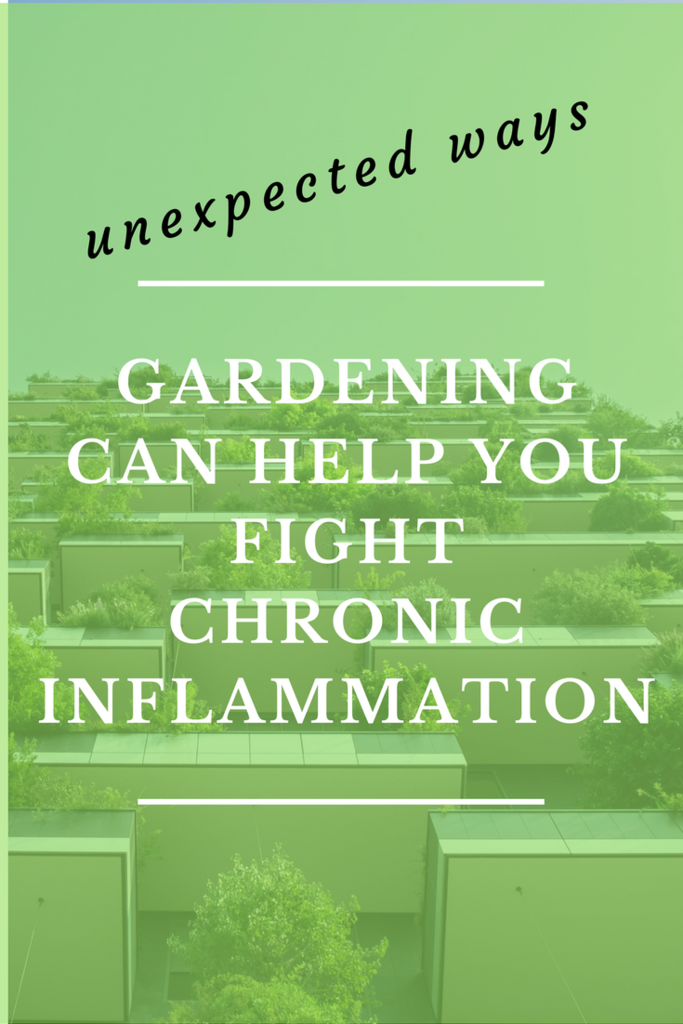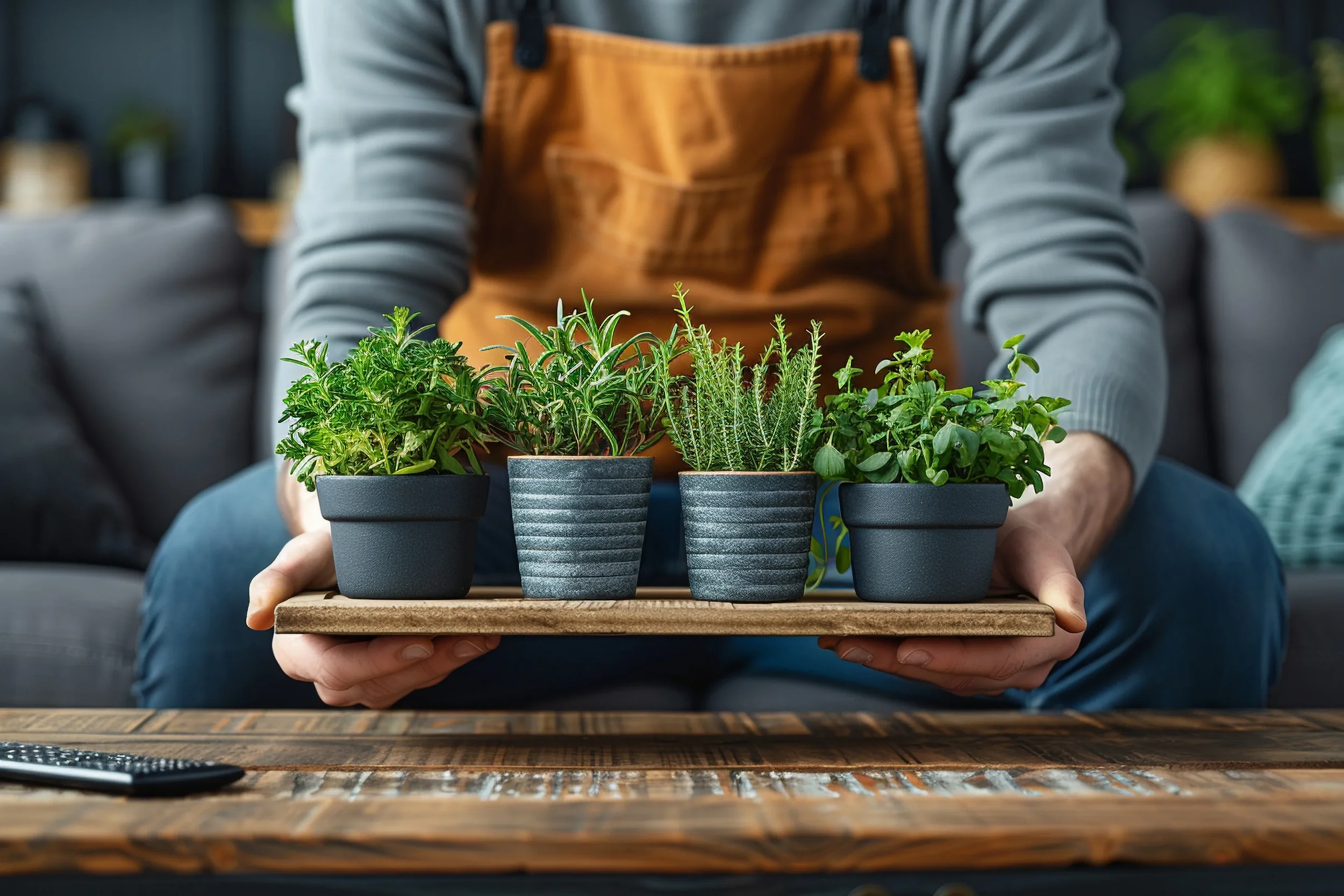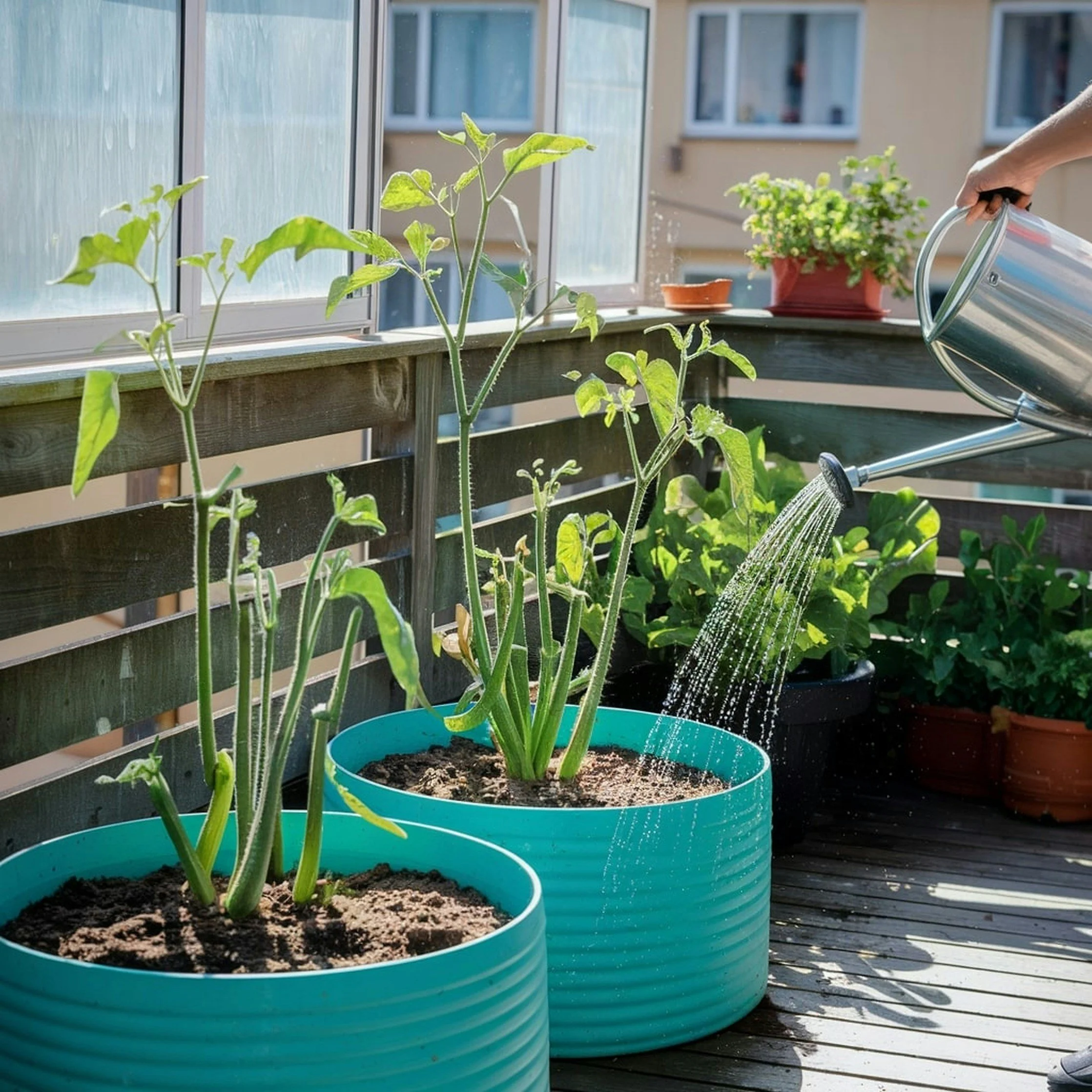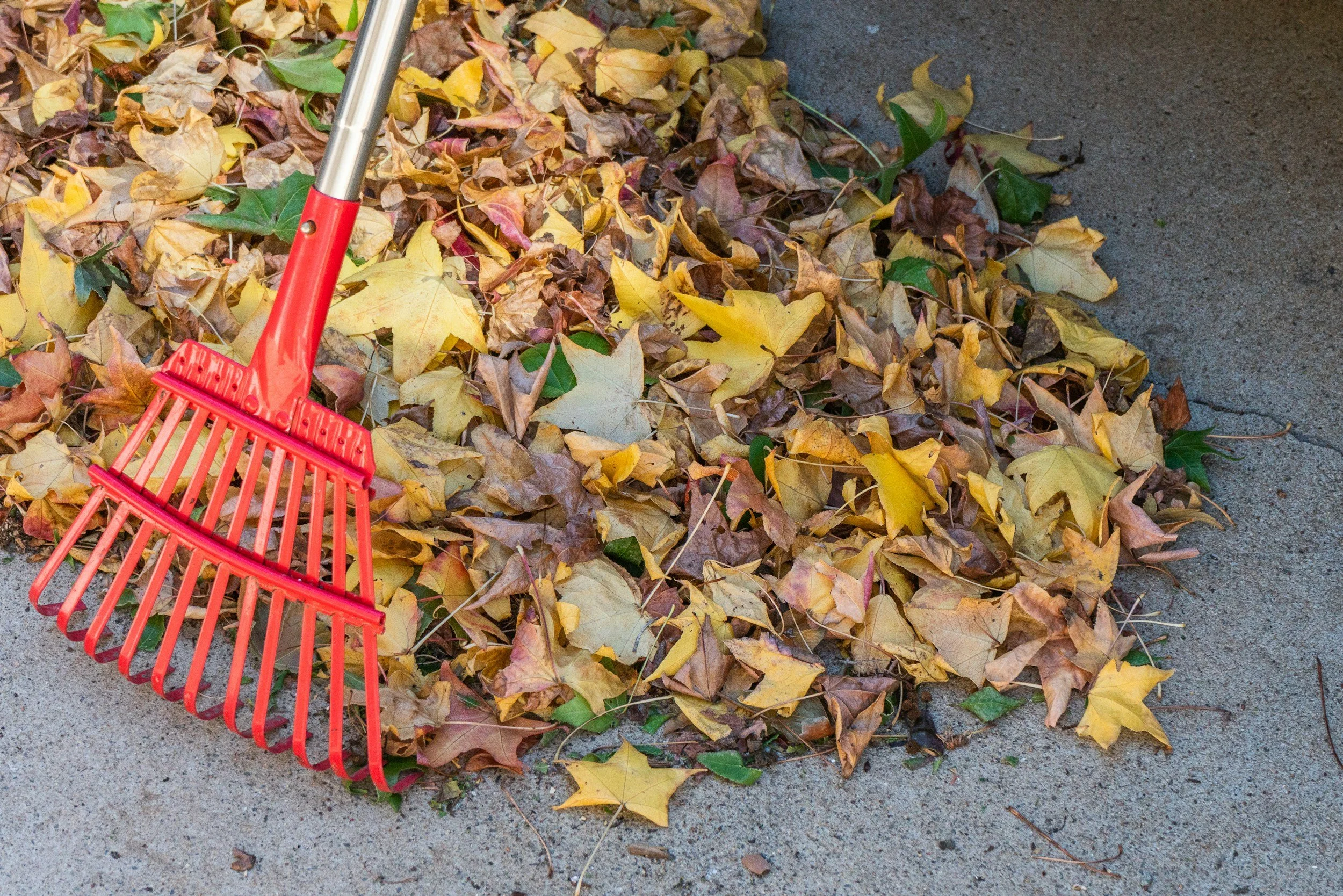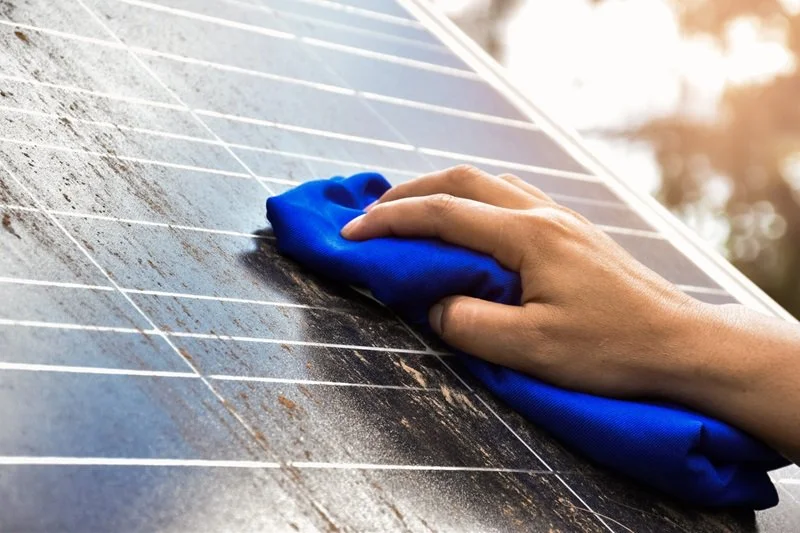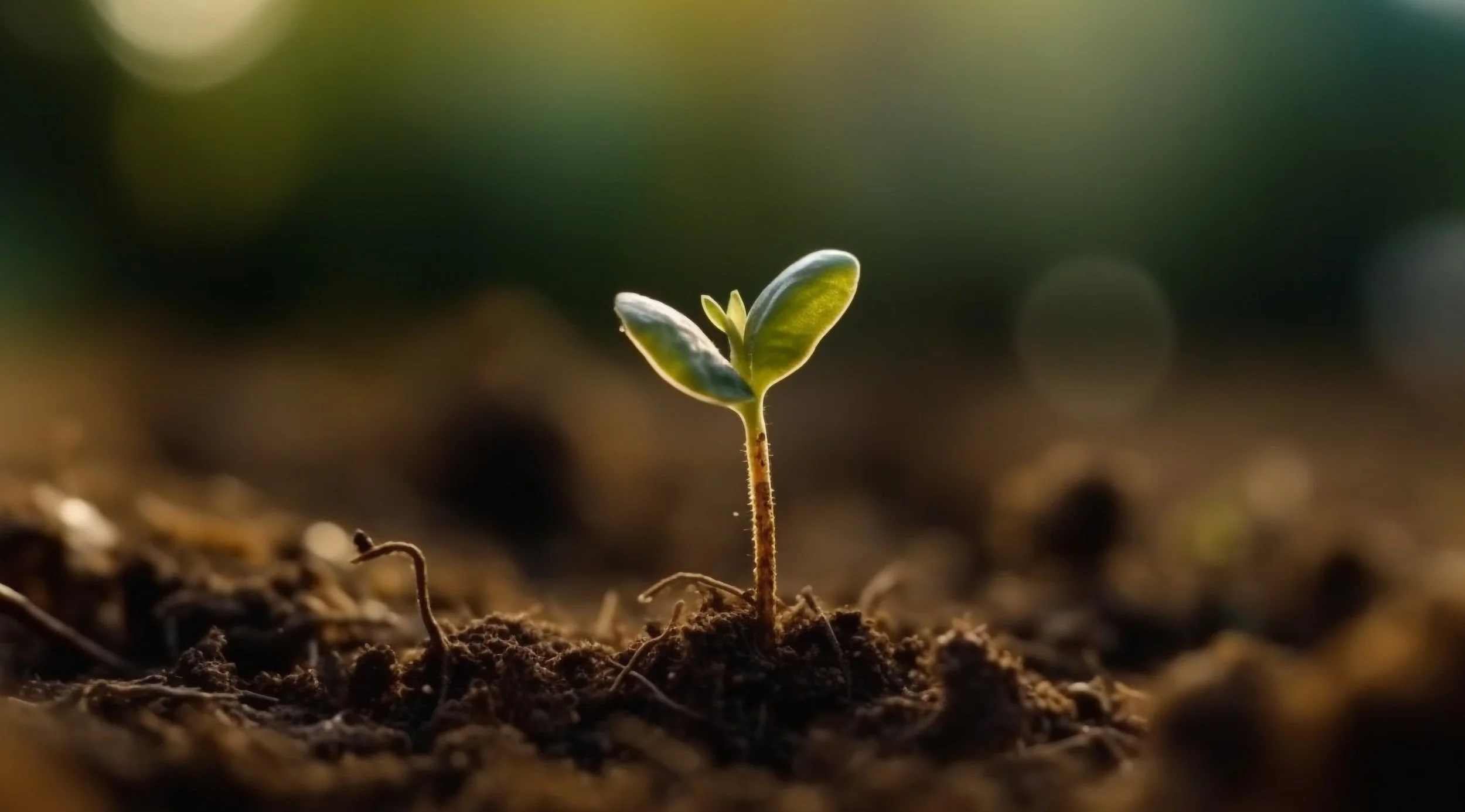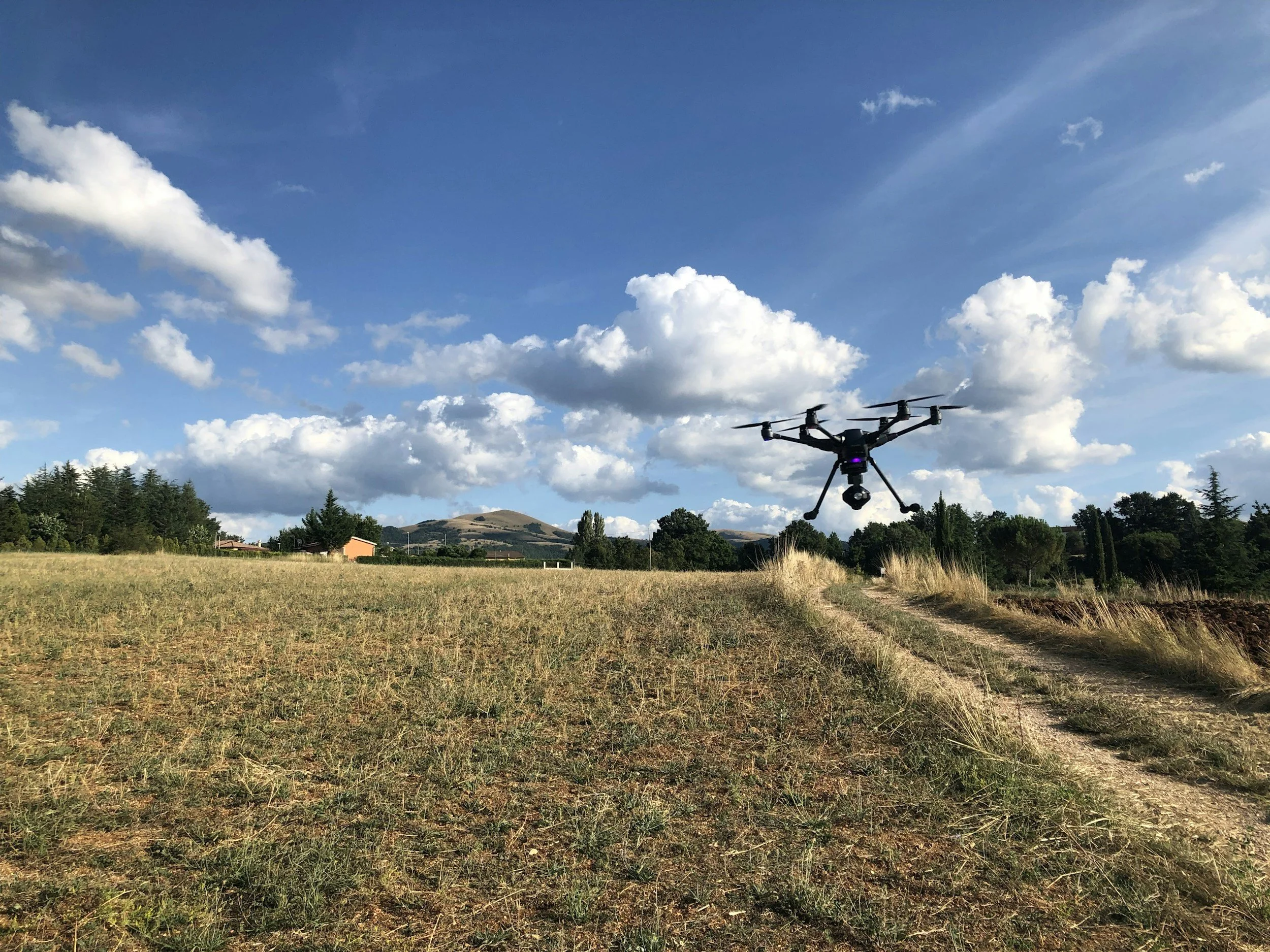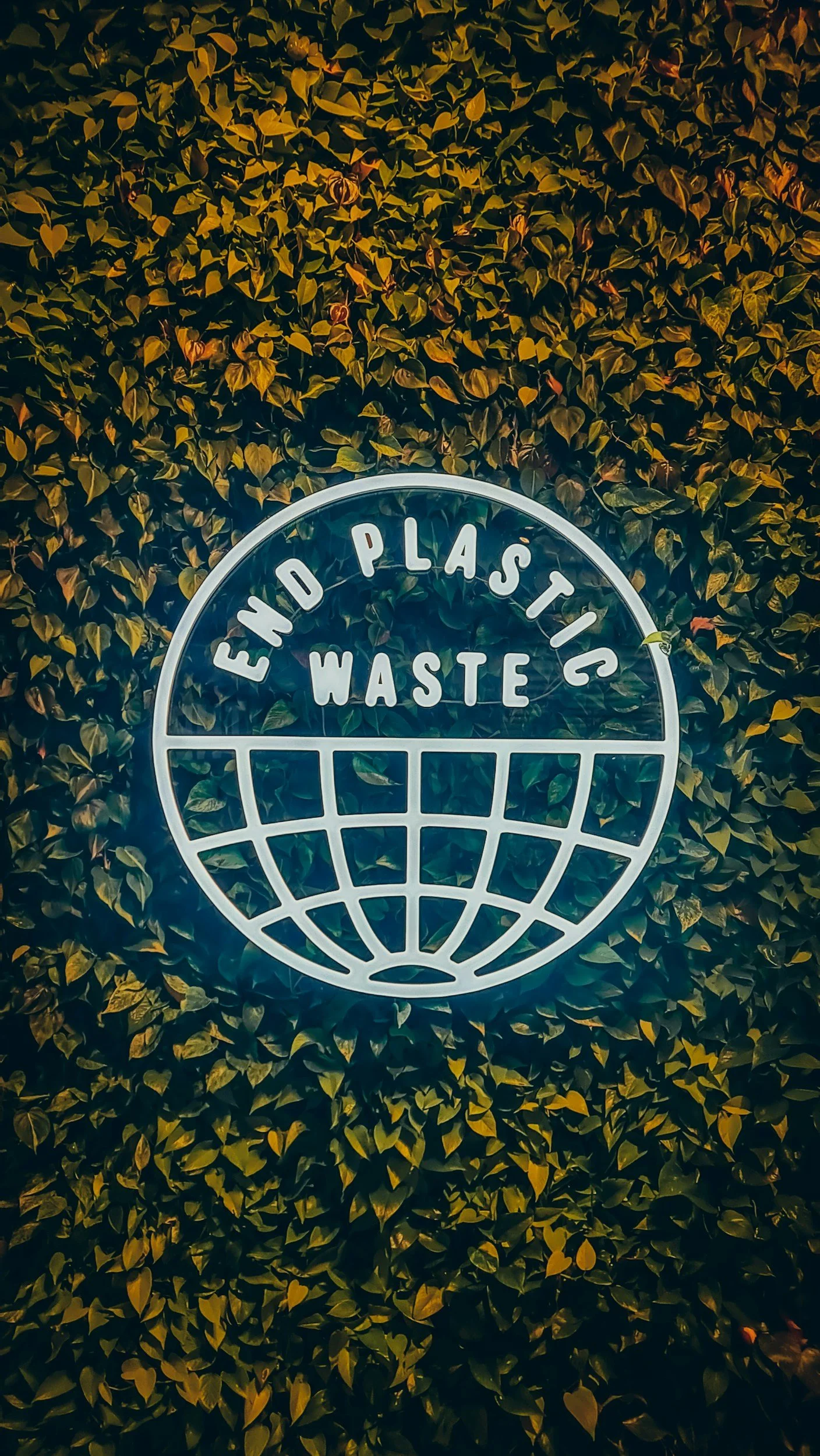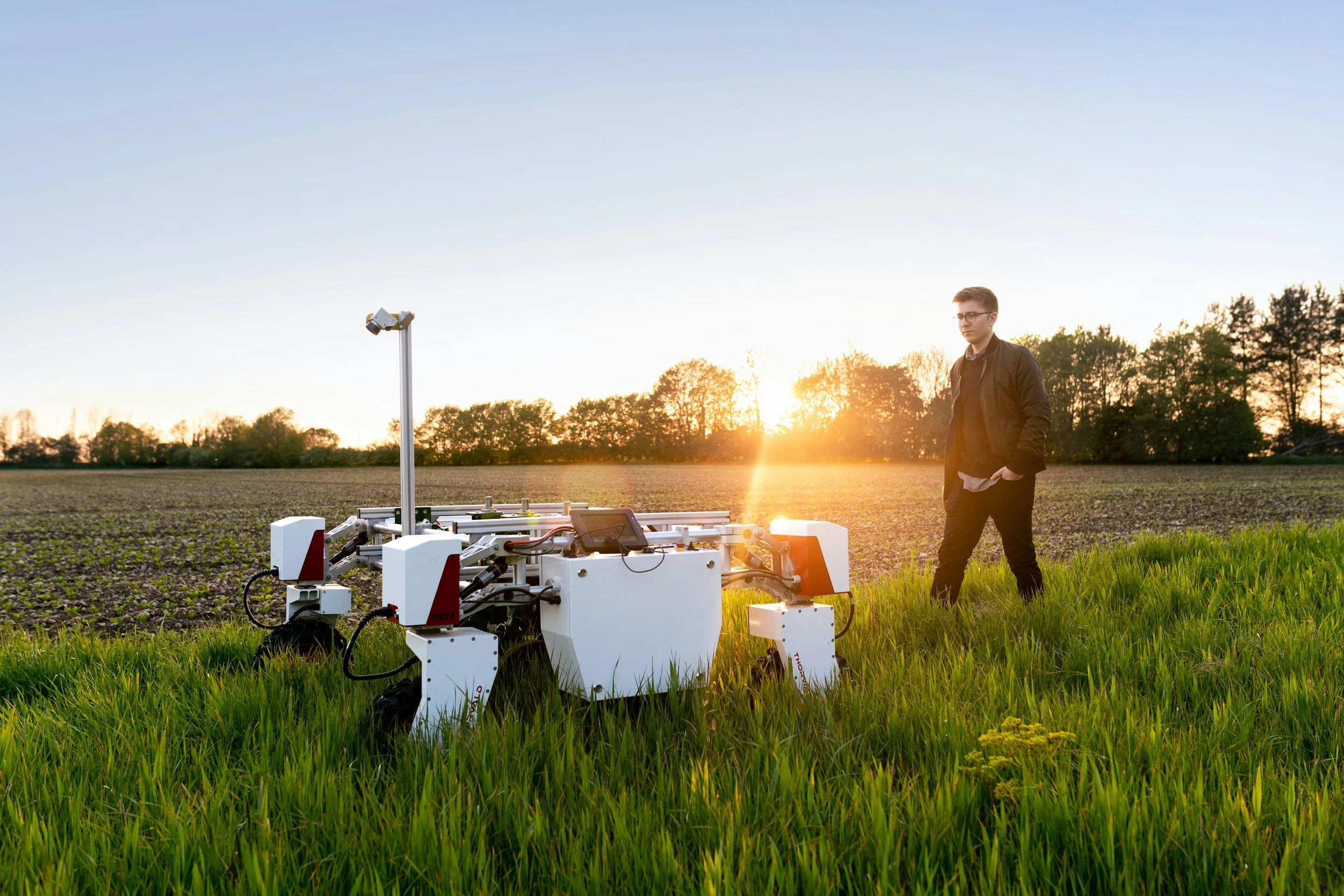Some unexpected ways that gardening helps fight chronic inflammation
/Last week I wrote that switching your home cleaning and personal care supplies to non-toxic varieties is a good way to decrease your chances of developing chronic inflammation. This week’s post discusses another strategy – gardening -- that also helps with prevention, and brings relief from chronic inflammation in ways you might not have realized.
I know what you’re thinking: grow the food that prevents or remedies inflammation, and that will help you ensure that more of the food you eat is plant-based. (Mostly plant-based diets have been clinically demonstrated to result in a dramatic decrease in the symptoms, health problems, and end results of chronic inflammation.)
Well yes, that is true, and this post will give you some tips on what to grow, along with advice from an expert gardener about how best to grow it.
Before we get to what you should grow, I want to tell you about some other ways in which gardening can help with inflammation that you might not have thought of. Here are 3 of them:
Photo credit: nchenga via Visual Hunt / CC BY-NC
Gardens help filter out air pollution. The latest update to the World Health Organization’s Urban Ambient Air Pollution Database notes that there has been a decline in urban air quality in cities around the globe. The poorest residents are being hit the hardest and this pollution has come with an increase in associated health risks like asthma, heart disease, lung cancer, and various respiratory ailments.
As a natural part of the process of photosynthesis (converting sunlight to energy), plants absorb carbon dioxide and emit oxygen. But certain plants also have more specialized abilities to combat pollution. For instance, the roots of some plants contain bacteria that have the ability to break down contaminants in the soil, or trap them in their fibers (as in the case of heavy metals that these bacteria can’t absorb). Green plants also capture particulate matter as the wind brings it into contact with sticky plant leaf surfaces. One added benefit of plants (including edible walls, green roofs, and trees) is that they help relieve the “urban heat island effect,” cooling cities in hot weather, lowering the demand for air conditioning, and reducing the production of greenhouse gas emissions associated with air conditioning devices.Gardening helps you get exercise, and decreases stress. The physical activities associated with gardening can keep you fit and healthy (assuming you use sound practices when bending and leaning over), help reduce arthritis and joint pain, and are great for folks who don’t like going to the gym (like me). What’s more, these days so many people are connected to their cell phones, tablets, and laptops at all times of the day, which has had the effect of reducing our short-term attention span and making us tune out the things going around us. A recent meta-analysis of studies conducted in the US, Europe, Asia, and the Middle East demonstrated that taking time out to engage in gardening (which can be “mindless” and repetitive while also requiring your attention for an extended period) decreases symptoms of depression, anxiety, and other psychological and neurological disorders. When you're done gardening, rest among the greenery - a cozy hammock will help you enjoy the fruits of your labor, and sleeping or resting outside has numerous mental health benefits.
Dig around in the dirt - this has been shown to reduce chronic inflammation (yes, dirt!) Another recent study found that mycobacterium vaccae, a common bacteria found in the backyards of most homes, contains properties that can reduce chronic inflammation. Clinical trials involving the use of mycobacterium vaccae have even used it to help lower allergic asthma symptoms and tuberculosis. Other studies have found that mycobacterium vaccae bacteria enable the release of serotonin in the brain, thereby relieving anxiety and elevating mood. It’s not known how the bacteria achieve this, but it’s believed that they trigger the activity of cytokines (chemicals in the brain), which in turn activate signals in the body that communicate to the brain that it should release serotonin. While elevated serotonin levels are associated with happiness and contented feelings, depression is often linked with a lack of serotonin.
Photo credit: Michel Curi via VisualHunt / CC BY
All of these benefits come from digging in the dirt – apparently, contact with the skin is enough to produce these effects, so no need to eat it!
Finally, growing some of your own vegetables, and specifically, making the switch to more plant-based foods in your daily diet, are healthier choices overall, choices that dramatically reduce your chances of developing chronic inflammation.
So what should you grow to help tackle inflammation? Dark leafy greens are among the five best foods to eat to fight inflammation. Greens are also some of the quickest and easiest vegetables to grow, and in the parts of the world that are experiencing mild, cool weather at this time of year, now is the best time to get started.
Want some advice on how to get started growing your own leafy greens? For this I turned to Patrick Flynn, founder of UrbanVine.co, which has some of the best resources around for urban farmers who are getting started on their farming journeys. Patrick offers these tips for the novice and not-so-novice gardener alike:
Tip A. For lettuce specifically, not all lettuces are created equal; pay attention to the type of lettuce you're planning on growing. For example, you will have an easier time growing lettuces like oak leaf, salad bowl, or butter crunch lettuce compared to say iceberg lettuce. Why? The previously mentioned lettuce types have shorter life cycles, and are much smaller at maturity / harvest time.
Tip B. If you don't want to just grow your everyday loose leaf lettuce, try growing kale. Even compared to other greens, kale is a resilient vegetable. In many areas of the world, kale can be found growing in between sidewalk cracks. On the nutrition side, kale is a phenomenal source of Vitamin K, and many other vitamins. However, what truly sets kale apart is its lutein content. According to the USDA, kale has the highest lutein content of any of the 5200+ foods that contain lutein. Lutein is key for eye health as well as skin health.
For more information, check out urbanvine.co for information on urban farming for beginners
And for a cheat sheet that guides you on when to begin planting your green leafy veggies (as well as other veggies) according to the planting zone you live in, you can check out the Planting Guide on the Green and Prosperous website (requires a signup on our secure Free Resources page).
What is a planting zone, you ask? Click the link for your region or country for more information: United States, Canada, United Kingdom, Western Europe, or Australia.
Next week’s post is a roundup on inflammation, featuring advice from experts in the field of medicine and nutrition.






